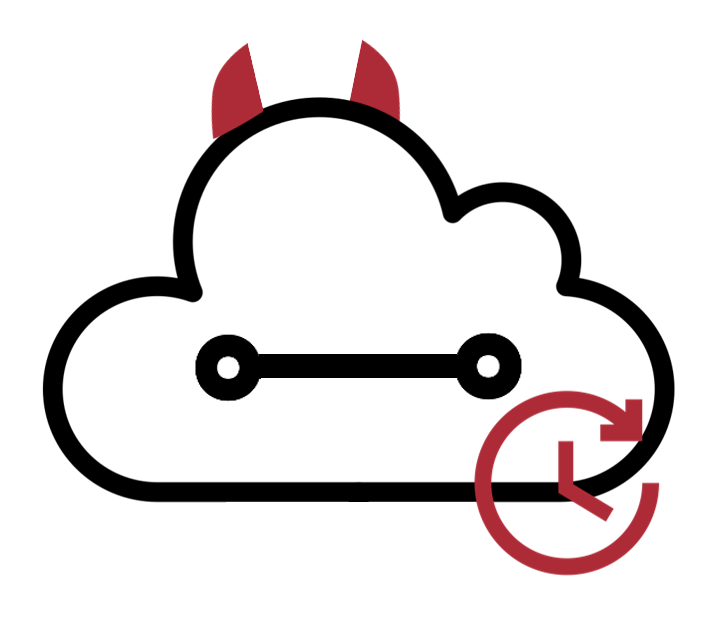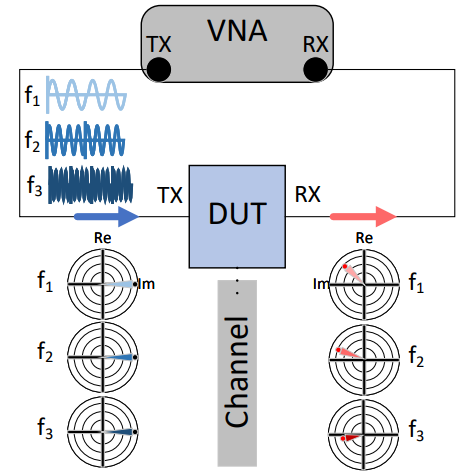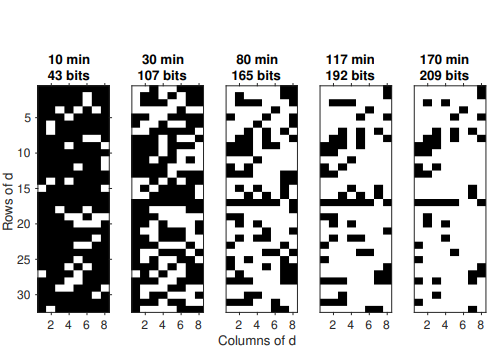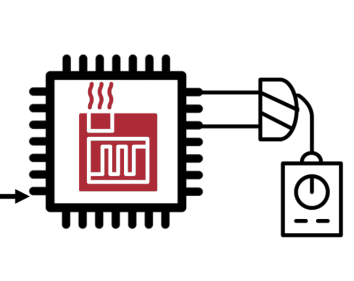Full List of Publications
To see the full list of publciations please refer to Full Publications Page
Featured Publications
Here are our latest published papers:

Goblin
With the advent of secure function evaluation (SFE), distrustful parties can jointly compute on their private inputs without disclosing anything besides the results. Yao’s garbled circuit protocol has become an integral part of secure computation thanks to considerable efforts made to make it feasible, practical, and more efficient. For decades, the security of protocols offered in general-purpose compilers has been assured with regard to sound proofs and the promise that during the computation, no information on parties’ input would be leaking. In a parallel effort, nevertheless, the vulnerability of garbled circuit frameworks to timing attacks has, surprisingly, never been discussed in the literature. This paper introduces Goblin, the first timing attack against commonly employed garbled circuit frameworks. Goblin is a machine learning-assisted, non-profiling, single-trace timing SCA, which successfully recovers the garbler’s input during the computation under different scenarios, including various GC frameworks, benchmark functions, and the number of garbler’s input bits. In doing so, Goblin hopefully paves the way for further research in this matter.
Mohammad Hashemi, Domenic Forte, Fatemeh Ganji
Applied Cryptography and Network Security, (ACNS 24)

The threat of physical side-channel attacks and their countermeasures is a widely researched field. Most physical side-channel attacks rely on the unavoidable influence of computation or storage on voltage or current fluctuations. Such data-dependent influence can be exploited by, for instance, power or electromagnetic analysis. In this work, we introduce a novel non-invasive physical side-channel attack, which exploits the data-dependent changes in the impedance of the chip. Our attack relies on the fact that the temporarily stored contents in registers alter the physical characteristics of the circuit, which results in changes in the die’s impedance. To sense such impedance variations, we deploy a well-known RF/microwave method called scattering parameter analysis, in which we inject sine wave signals with high frequencies into the system’s power distribution network (PDN) and measure the echo of the signals. We demonstrate that according to the content bits and physical location of a register, the reflected signal is modulated differently at various frequency points enabling the simultaneous and independent probing of individual registers.
Saleh Khalaj Monfared,Tahoura Mosavirik, Shahin Tajik
ACM Conference on Computer and Communications Security 2023, (CCS 23)

Digital Signature Schemes such as DSA, ECDSA, and RSA are widely deployed to protect the integrity of security protocols such as TLS, SSH, and IPSec. In TLS, for instance, RSA and (EC)DSA are used to sign the state of the agreed upon protocol parameters during the handshake phase. Naturally, RSA and (EC)DSA implementations have become the target of numerous attacks, including powerful side-channel attacks. Hence, cryptographic libraries were patched repeatedly over the years.Here we introduce Jolt, a novel attack targeting signature scheme implementations. Our attack exploits faulty signatures gained by injecting faults during signature generation. By using the signature verification primitive, we correct faulty signatures and, in the process deduce bits of the secret signing key. Compared to recent attacks that exploit single bit biases in the nonce that require 245 signatures. We show that the proposed attack also works on Schnorr and RSA signatures with minor modifications. We demonstrate the viability of Jolt by running experimentson libraries such as WolfSSL, OpenSSL, Microsoft SymCrypt, LibreSSL, and Amazon s2n.
Koksal Mus, Yarkın Doröz, M. Caner Tol, Kristi Rahman, Berk Sunar
IEEE Symposium on Security and Privacy 2023, (S&P 23)

While side-channel leakage is traditionally evaluated from a fabricated chip, it is more time-efficient and cost-effective to do so during the design phase of the chip. We present a methodology to rank the gates of a design according to their contribution to the side-channel leakage of the chip. The methodology relies on logic synthesis, logic simulation, gate-level power estimation, and gateleakage assessment to compute a ranking. The ranking metric can be defined as a specific test by correlating gate-level activity with aleakage model, or else as a non-specific test by evaluating gate-level activity in response to distinct test vector groups. Our results show that only a minority of the gates in a design contribute most of the side-channel leakage. We demonstrate this property for several designs, including a hardware AES coprocessor and a cryptographic hardware/software interface in a five-stage pipelined RISC processor
Pantea Kiaei, Yuan Yao, Zhenyuan Liu, Nicole Fern, Cees-Bart Breunesse, Jasper Van Woudenberg, Kate Gillis, Alex Dich, Peter Grossmann, Patrick Schaumont
IEEE Transactions on Emerging Topics in Computing 2023

Masking has become one of the most effective approaches for securing hardware designs against side-channel attacks. Irrespective of the effort put into correctly implementing masking schemes on a field programmable gate array (FPGA), leakage can be unexpectedly observed. This is due to the fact that the assumption underlying all masked designs, i.e., the leakages of different shares are independent of each other, may no longer hold in practice. In this regard, extreme temperatures have been shown to be an important factor in inducing leakage, even in correctly-masked designs. This has previously been verified using an external heat generator (i.e., a climate chamber). In this paper, we examine whether the leakage can be induced using the circuit components themselves. Specifically, we target masked neural networks (NNs) in FPGAs, with one of the main building blocks being block random access memory (BRAM) and flip-flops (FFs).
Dev M Mehta, Mohammad Hashemi, David S Koblah, Domenic Forte, Fatemeh Ganji
Cryptology ePrint Archive, 2023